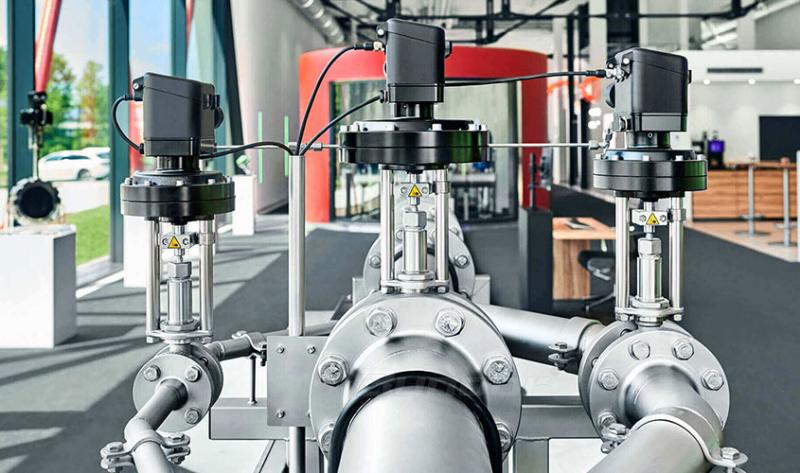Types Of Marine Actuators And Valves
There are different types of actuators used in marine vessels depending on the application and purpose. Some commonly used marine actuators include hydraulic actuators, pneumatic actuators, electric actuators and linear actuators.
Hydraulic actuators are widely used where high power and force is required like steering systems, anchoring systems, crane operations etc. They provide smooth and precise motion control using pressurized hydraulic fluid. Pneumatic actuators utilize compressed air or gas to create linear or rotary motion. They are suitable for applications requiring moderate power like valves, hatches and doors. Electric actuators provide digital or analog control with the use of electric motors and feedback control systems. They are suitable for electrically operated valves and hatches. Marine Actuators and Valves provide linear motion with the help of ball screws, rack and pinion or pneumatic/hydraulic cylinders. They are used for applications requiring linear movement like ramps, conveyors etc.
Marine Valves
Valves form a critical part of marine vessel's systems controlling fluid flow parameters like pressure, temperature, level etc. Some common types of valves used on ships include:
Butterfly Valves - Used for throttling or on-off service in large pipelines for cargo and ballast handling systems. They provide tight shut-off and take up less space.
Ball Valves - Suitable for similar applications as butterfly valves in smaller sized lines. They provide easy on-off operation and minimum maintenance requirements.
Gate Valves - Ideal for isolating sections of pipework in critical systems like fuel, lubrication and seawater systems. Their tight sealing prevents leaks when closed.
Diaphragm Valves - Used in places where contamination of carried media is not acceptable like cargo tanks carrying chemicals. The rubber diaphragm provides leak-proof shut-off.
Check Valves - Installed downstream of pumps to prevent reverse flow in pipes. They automatically close to stop backflow without use of actuators.
Safety Valves - Installed on pressure vessel/storage tanks as a safety device to release excess pressure preventing explosions.
Control Valves - Used to automatically regulate parameters like flow, pressure, level etc. using control signals and feedback mechanisms.
Actuator Applications On Ships
Ballast And Bilge Systems - Heavy duty hydraulic linear or rotary actuators are used to operate sea chest valves, ballast pumps and tank isolating valves to control ballasting/deballasting and bilge pumping operations.
Cargo Handling Systems - Butterfly or ball valves fitted with pneumatic or electric actuators are used in cargo pipelines,manifold valves and tank connection valves for cargo transfer and tank isolation.
Propulsion Systems - Hydraulic actuators control valves in lubricating oil, fuel and seawater systems maintaining parameters for smooth engine/propeller operations.
Anchoring Systems - Windlass or capstan machines rely on high power hydraulic drives coupled with reels or drums to hoist, stow or release the anchor efficiently.
Steering Gear - Hydraulic or electro-hydraulic actuators precisely position rudders maintaining straight course or executing turns through control valves and feedback controls.
Deck Equipment - Pneumatic or electric actuators operate sea water intake grills, side shell doors/ports, lifeboat/davit systems hatches and other deck machinery as per operational requirements.
Advantages of Marine Actuators and Valves
Reliable control - Automated control of fluid parameters with precise positioning. Reduced human errors.
Efficiency - Optimized operations with minimum downtime using automated control sequences.
Safety - Critical safety functions like closing sea valves, anchoring can be remotely operated from safe locations. Over-pressure protection with safety valves.
Maintenance - Condition monitoring solutions reduce downtime. Remotely operable valves provide access in congested areas.
Environmental compliance - Automation ensures regulatory compliance for emissions and discharges. Leakproof seals prevent pollution.
Adaptability - Proven modular designs can be customized as per ship specifications and operational needs.
Well engineered marine actuators and control valves ensure optimal, safe and reliable operations of all vessel systems managing complex fluid dynamics. Advances in materials, design and digital controls are enhancing capabilities of these crucial shipboard components.
Gets More Insights on, Marine Actuators and Valves
Explore More on, Marine Actuators and Valves
